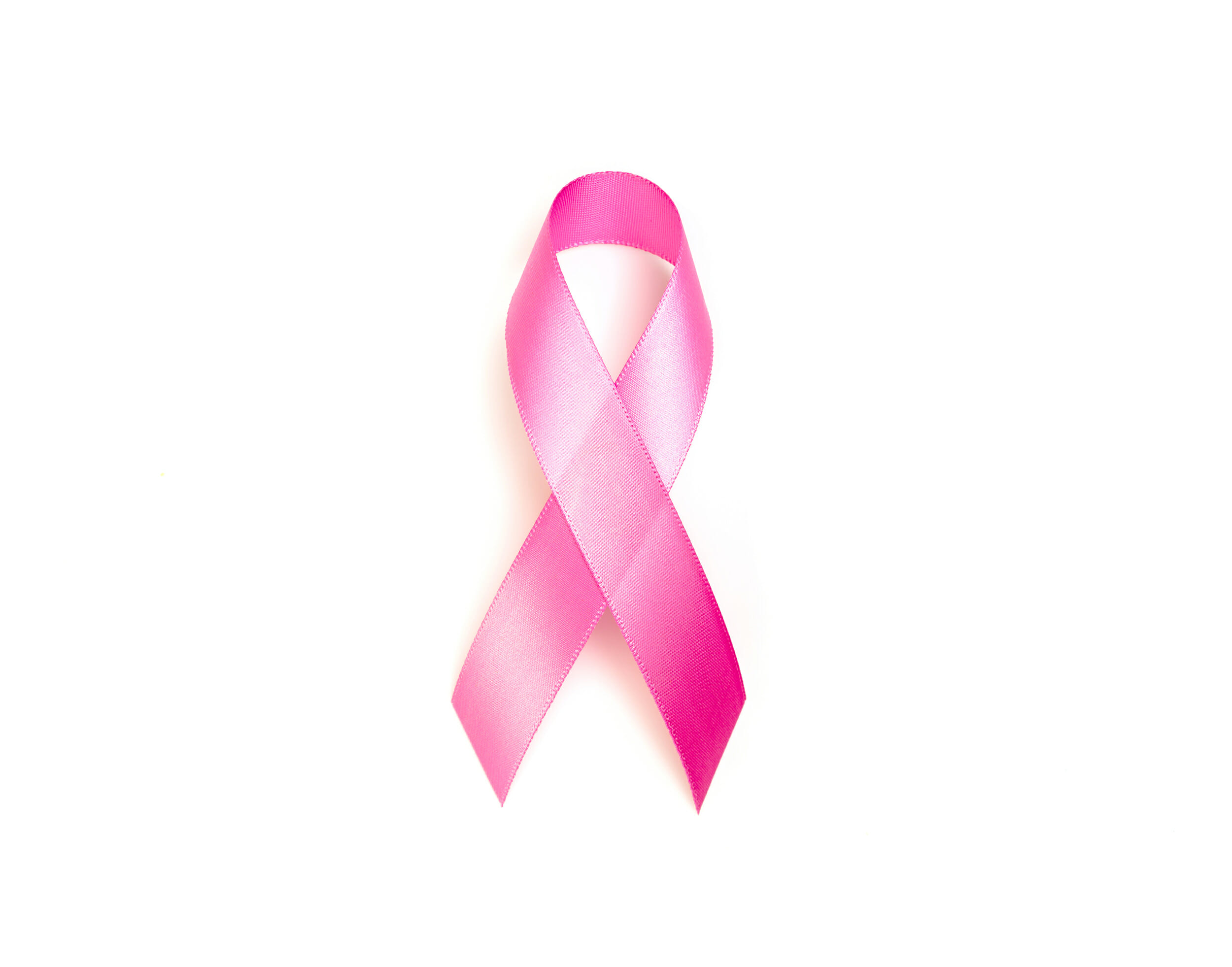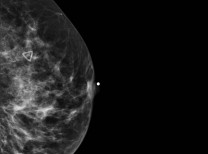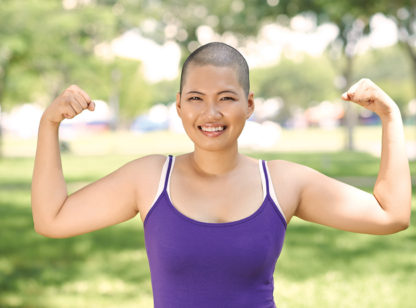Well, it’s that time of year again – Breast Cancer Awareness Month – or as many call it, “Pinktober.” I never really understood how many breast cancer survivors dread this month until I had it myself and really took the time to listen to other people’s viewpoints. But does anyone ever really understand what is behind something unless it affects you or someone you love?
For nearly four decades our country has recognized October as National Breast Cancer Awareness Month. While the pink running ribbon is the trademark of the
Susan G. Komen Foundation to signify the promise between two sisters to help end breast cancer, any pink ribbon now can be used. In fact, as the famous month rolls around, pink is on everything – from pens to kitchen appliances – all claiming to give back to breast cancer. But does anyone ever investigate how much actually goes to breast cancer patients and survivors?
Breast cancer awareness month began in 1985 as a partnership between the American Cancer Society and a pharmaceutical company with the help of Betty Ford, herself was a breast cancer survivor at a time when no one talked about it. She brought worldwide attention to women’s health care because her husband was President Gerald Ford. A pioneer of her time, she used her famous platform to raise awareness, educate and empower women to take charge of their health, to learn about self-breast exams and how early detection could save lives. While all of this was done with the best of intentions, some breast cancer survivors cringe seeing pink at every turn. You can’t get away from spotting the famous color at gas stations, grocery check-out lines and almost every place in a mall in an effort to sell something.
Some organizations state that the dollars raised go directly to breast cancer patients, survivors or research to end breast cancer. Let’s face it, when you hear these gut-wrenching stories, your emotions want you to give to be a part of ending this horrible disease. Even though I have personally given thousands, I never investigated the organizations to which I donated until a conversation with a cohort of 100 or so breast cancer survivors opened my eyes to the world of “Pinktober.” To identify the good from the not-so-good, here are some questions to ask before you donate to a company or organization:
- How much of my donation will directly support breast cancer patients or breast cancer programs?
- What will the organization do with the funds I donate, and how does this directly affect the breast cancer community?
- When donating to a local hospital, ask if your donation can specifically help breast cancer patients in need.
- Ask yourself how you want to help the breast cancer community: through research, through cancer care support or through ongoing survivorship programs.
There are so many ways to give pink. Just remember it is important to know where the pink you give goes.
Shay Moraga is founder and visionary of Shay’s Warriors Life After Cancer. She is a stage 3 TNBC Survivor, Yoga for Cancer instructor and coach. For more on Shay’s Warriors Life After Cancer visit www.shayswarriors.org.















































Comments (0)